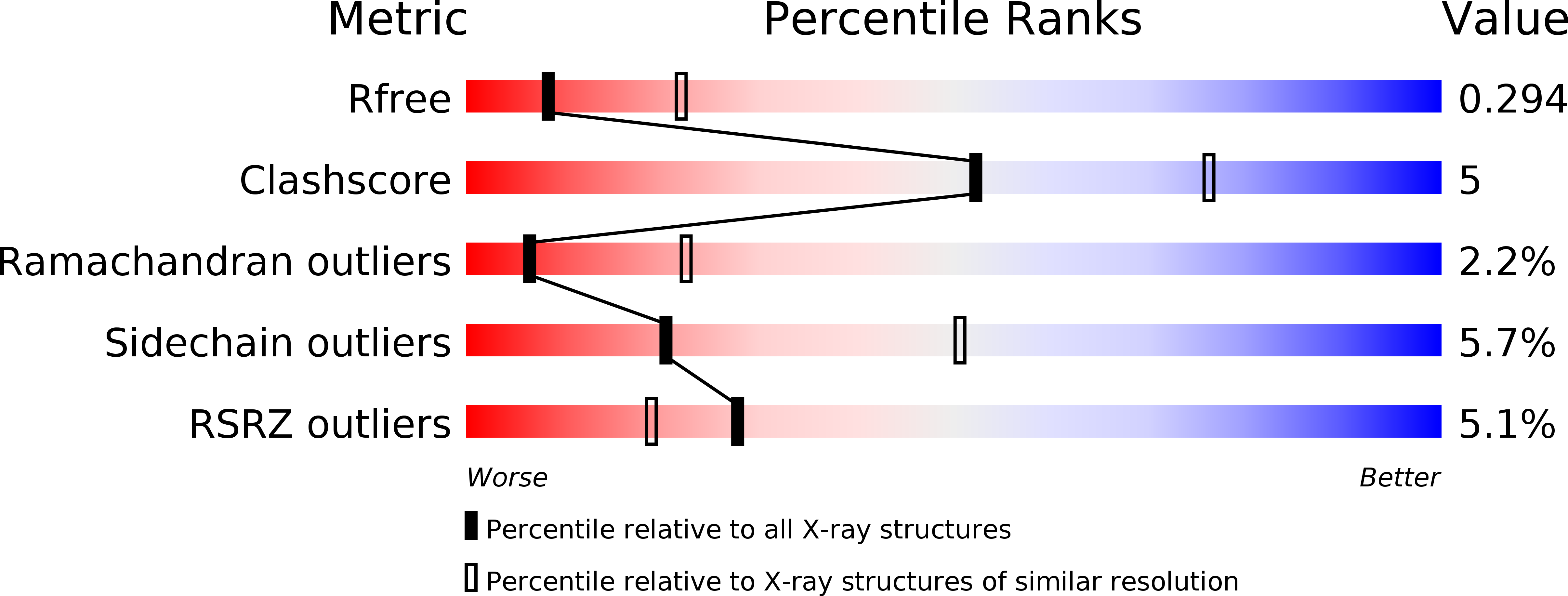
Deposition Date
2008-12-03
Release Date
2009-03-17
Last Version Date
2024-11-13
Entry Detail
PDB ID:
2W51
Keywords:
Title:
Human mesencephalic astrocyte-derived neurotrophic factor (MANF)
Biological Source:
Source Organism:
HOMO SAPIENS (Taxon ID: 9606)
Host Organism:
Method Details:
Experimental Method:
Resolution:
2.80 Å
R-Value Free:
0.30
R-Value Work:
0.28
R-Value Observed:
0.28
Space Group:
P 61


